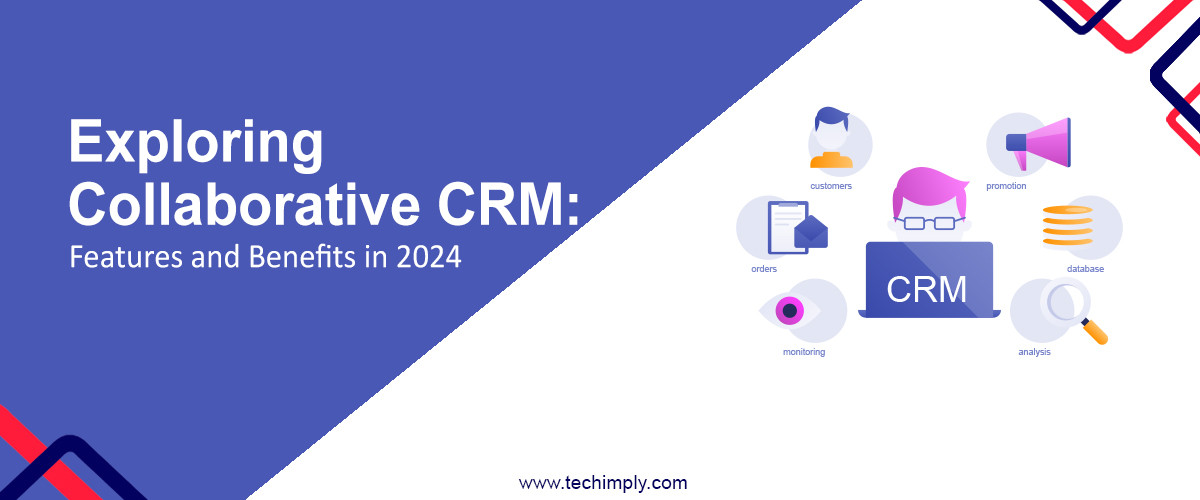Software development is no longer just about writing code; it's about crafting experiences that users love and that businesses can leverage to gain a competitive edge. The UI and UX of a software application play a pivotal role in determining its success. Let's begin by understanding what UI and UX are:
User Interface (UI): UI refers to the visual elements and design of an application. It includes everything users see and interact with on the screen, from buttons and menus to icons and color schemes. A well-designed UI can make an application visually appealing and easy to navigate.
User Experience (UX): UX encompasses the overall experience a user has while interacting with an application. It considers factors like usability, accessibility, efficiency, and how well the software meets the user's needs. A positive UX can lead to increased user satisfaction and loyalty.
The Synergy of UI and UX
Aligning Design with User Goals: The synergy between UI and UX starts with understanding user goals. UX designers research user needs and behaviors, while UI designers translate this knowledge into visually appealing interfaces. According to the Nielsen Norman Group, when these two teams work together, they can create designs that align perfectly with user expectations, leading to a more intuitive and satisfying experience.
Enhancing Usability: An effective UI is not just about aesthetics; it's about making the application easy to use. UX designers focus on creating intuitive workflows and minimizing user friction. UI designers then implement these concepts through layout, navigation, and interactive elements, ensuring that users can accomplish tasks effortlessly. This insightful article from Smashing Magazine further elaborates on this point.
Consistency and Branding: Consistency is key to a memorable and trustworthy user experience. UI designers establish design patterns and style guides that reflect the brand's identity. UX designers ensure that these guidelines are followed consistently throughout the application. This synergy ensures that users recognize and trust the brand across different touchpoints. Adobe XD Ideas offers a comprehensive guide on design systems that can help maintain brand consistency.
Iterative Improvement: Successful software development is an iterative process. UI and UX teams continually gather user feedback, analyze user behavior, and make data-driven design decisions. This collaborative approach allows for continuous improvement, addressing pain points and adapting to changing user preferences. Learn how to gain buy-in from product teams with this insightful piece on UX research.
Maximizing Accessibility: Accessibility is a critical aspect of UI/UX design. UX designers consider the needs of diverse users, including those with disabilities. UI designers implement features such as text alternatives, keyboard navigation, and contrast ratios to ensure that the application is accessible to all. The Web Accessibility Initiative provides essential guidelines for achieving accessibility in your software.
Maximizing Accessibility: Accessibility is a critical aspect of UI/UX design. UX designers consider the needs of diverse users, including those with disabilities. UI designers implement features such as text alternatives, keyboard navigation, and contrast ratios to ensure that the application is accessible to all. The Web Accessibility Initiative provides essential guidelines for achieving accessibility in your software.
The Impact of UI/UX in Software Development
The synergy between UI and UX in software development goes beyond just creating visually appealing designs. It has a profound impact on various aspects of the software development Company process and the ultimate success of the product:
1. User-Centric Design
User-centered design is the cornerstone of UI/UX synergy. UX designers conduct in-depth user research to understand user behaviors, pain points, and preferences. This research informs UI designers about how to structure the visual elements of the application. When these teams collaborate effectively, the result is a design that truly resonates with users, leading to higher satisfaction and engagement.
This user-centric approach ensures that software is not just functional but also emotionally resonant. Users are more likely to form a connection with software that understands their needs and preferences, ultimately leading to more loyal and engaged users.
2. Reduced Development Costs
One might assume that investing in comprehensive UI/UX design adds to the development costs. However, it often results in cost savings in the long run. Well-designed user interfaces with intuitive user experiences require fewer changes and adjustments during development, reducing the likelihood of expensive mid-project revisions.
Moreover, by identifying and addressing usability issues early in the design phase, UI/UX teams can prevent costly post-launch updates and customer support requests. This proactive approach significantly reduces the overall cost of software development.
3. Faster Time-to-Market
Efficient collaboration between UI and UX teams streamlines the design process. By aligning their efforts early in the project, these teams can create a well-defined and coherent design plan. This reduces delays and accelerates the development timeline, allowing the software to reach the market faster.
A shorter time-to-market is a competitive advantage in the fast-paced tech industry. Being among the first to offer a solution to the market can capture early adopters and establish a strong presence before competitors catch up.
4. Improved User Retention
In today's competitive landscape, retaining users is as important as acquiring new ones. A positive user experience, rooted in effective UI/UX design, enhances user satisfaction and loyalty. Users are more likely to stick with an application that is easy to use and enjoyable, reducing mobile app churn rate OR mobile app churn rateand increasing the lifetime value of customers.
Additionally, satisfied users are more likely to become advocates for your software, spreading positive word-of-mouth recommendations and contributing to organic growth.
5. Enhanced Brand Reputation
UI/UX design isn't just about aesthetics; it's also about brand perception. A well-designed application reflects positively on the brand, conveying a sense of professionalism and attention to detail. When users have a seamless and delightful experience with your software, they associate those positive feelings with your brand.
A strong brand reputation can lead to increased trust, customer loyalty, and a competitive edge in the market. Users are more likely to choose software from a brand they trust.
6. Increased Conversion Rates
For eCommerce and AI-IoT platforms, conversion rates are crucial. An intuitive UI and a smooth UX can significantly boost conversion rates by reducing friction in the user journey. Whether it's completing a purchase or signing up for a service, a well-designed UI/UX can make the process effortless.
Higher conversion rates directly impact revenue generation, making UI/UX design an investment with a measurable and positive impact on the bottom line.
7. Competitive Advantage
In a competitive market, having a superior UI/UX can be a key differentiator. It can help your software stand out from the competition and attract more users. When users have a choice between multiple similar applications, they often opt for the one that provides a more enjoyable and hassle-free experience.
A competitive advantage not only drives user acquisition but also makes it more challenging for competitors to replicate your success. It can establish your software as the go-to solution in its category.
8. Positive Impact on ROI
Ultimately, the synergy between UI and UX in software development can lead to a positive return on investment (ROI). By improving user satisfaction, retention, and conversion rates, businesses can generate more revenue and maximize their ROI on software development efforts.
A high ROI is a testament to the effectiveness of UI/UX design in achieving business goals. It demonstrates that the investment in creating exceptional user experiences translates directly into financial success.
Conclusion
In the dynamic landscape of software, technology, AI-IoT, and eCommerce, the collaboration between UI/UX design and custom software development services is the roadmap to success. It's the journey of turning ideas into impactful solutions, of transforming user experiences into business growth.
So, whether you're looking to enhance your existing software or embark on a new software development journey, remember that the synergy between UI/UX and custom software development services isn't just a nice to have; it's a necessity for achieving your business goals in today's digital world.
Invest in this synergy, and you'll find that the investment pays off not only in the form of delighted users but also in a thriving business that thrives in the digital age. It's a partnership that leads to a stronger bottom line and a brighter future.






